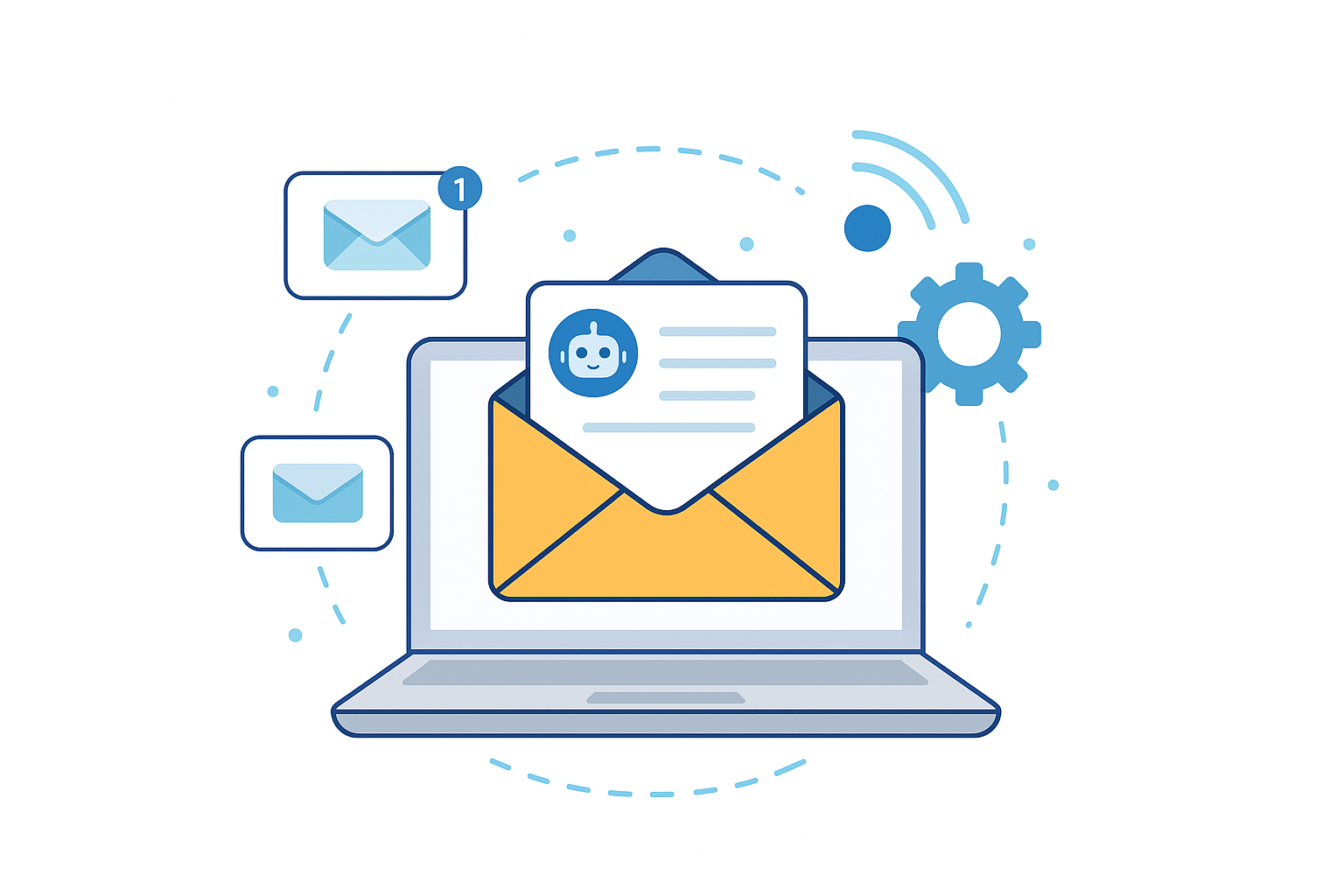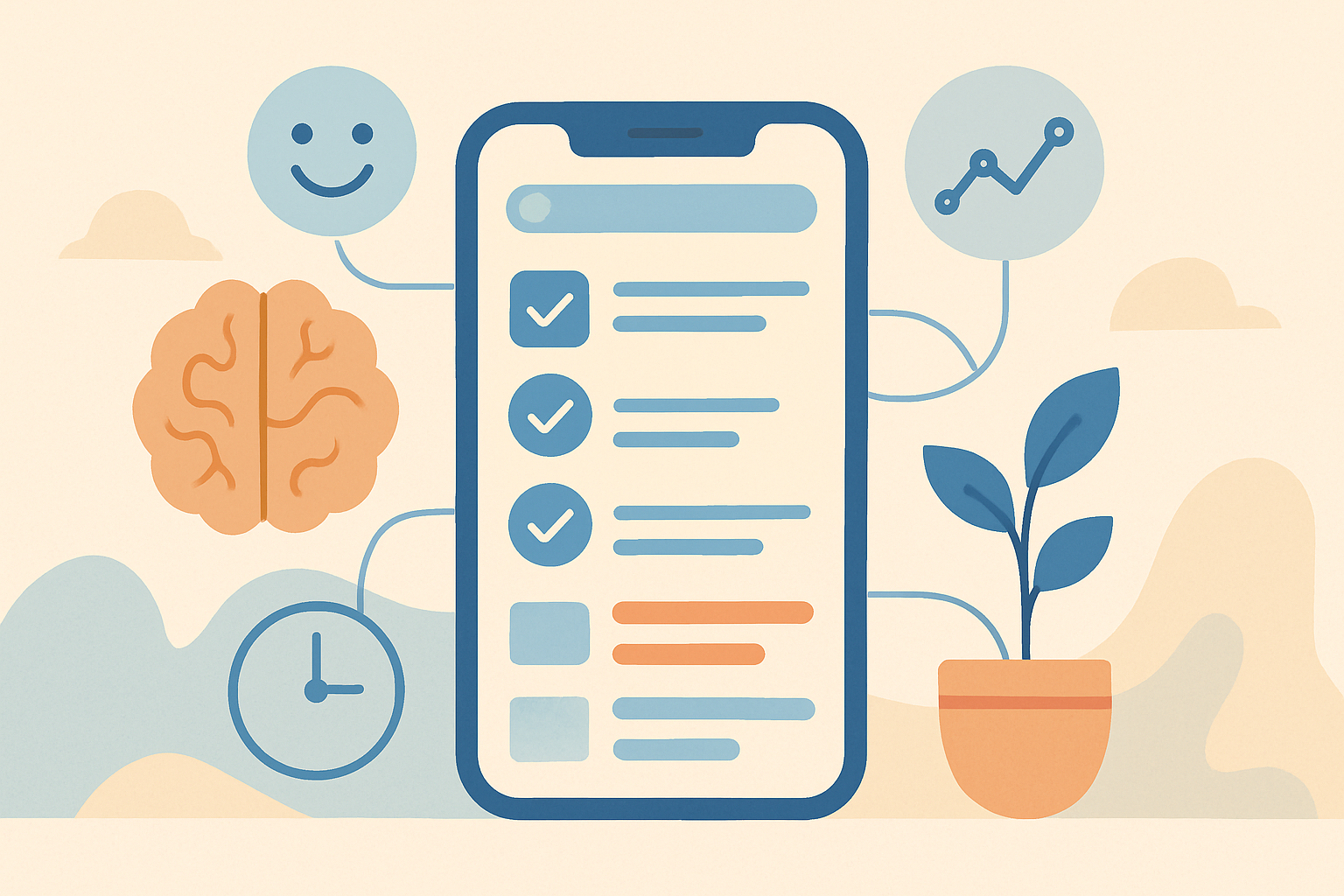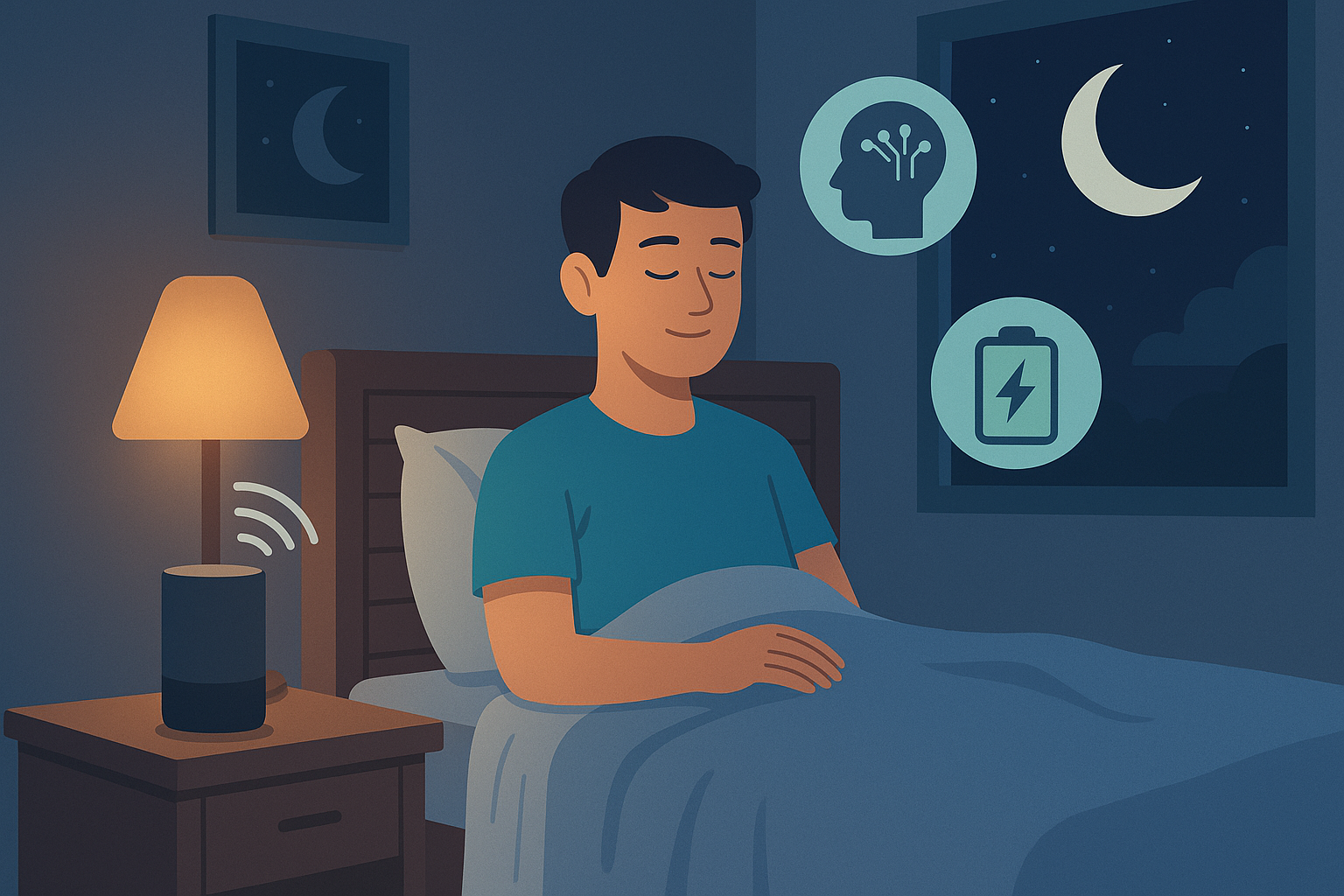Email Automation–>Your inbox shouldn’t control your day. Yet, for most people, it does. Every morning starts with a flood of unread messages, endless follow-ups, and threads that never end. What if all of that could manage itself?
That’s exactly what Email Automation does. It turns your inbox from a distraction into a system that sorts, replies, and prioritizes for you — without lifting a finger.
In 2025, Email Automation isn’t just a productivity hack; it’s a competitive advantage. Professionals who automate their inbox save hours weekly and make fewer mistakes, while staying fully in control of communication.
Here’s how to build your own intelligent Email Automation system that handles everything from sorting to replying, while you focus on actual work.

Step 1 — Understanding the Power of Email Automation
Email Automation isn’t about ignoring your emails. It’s about designing a system that understands what matters, responds instantly to what’s urgent, and archives what’s irrelevant.
The goal is to let AI handle repetitive actions — labeling, filtering, follow-ups, or even drafting messages — so you only deal with meaningful communication.
Modern Email Automation tools go far beyond filters and rules. They can now interpret tone, detect urgency, and understand relationships between contacts. This means your inbox can literally think for you.
According to HubSpot’s Email Benchmark Report, professionals who integrate Email Automation into their daily workflows save an average of 3–4 hours per week, and respond 42% faster to high-priority messages.
Step 2 — The Core Tools That Power Smart Email Automation
To build an efficient Email Automation system, you’ll need a combination of tools that handle logic, language, and integration.
| Tool | Function | Use Case |
|---|---|---|
| Gmail AI | Smart categorization | Labels and auto-sorts emails |
| Make.com | Workflow automation | Triggers actions between inbox and apps |
| ChatGPT API | Intelligent responses | Writes or summarizes emails |
| Zapier | Quick automations | Handles repetitive sequences |
| Superhuman | Productivity layer | Speed and shortcuts for manual review |
The key is to connect them. Email Automation becomes powerful when your tools communicate — for example, ChatGPT writing a response automatically when Make.com detects a keyword.
External link: https://www.make.com/en
Step 3 — Setting Up Intelligent Filters
Most people underestimate Gmail’s filtering capabilities. You can combine basic filters with AI-driven actions for real Email Automation.
For instance, I use a Make.com scenario that detects when I receive an email containing the word invoice, contract, or meeting summary. It sends the message text to ChatGPT, which summarizes the content and categorizes the urgency.
The summary is then added to Notion under my “Inbox Dashboard,” and the original email gets labeled and archived automatically.
By the time I check my inbox, all I see are high-priority messages ready for a response.
Example workflow (simplified):
| Trigger | AI Action | Output |
|---|---|---|
| New email in Gmail | ChatGPT summarizes and categorizes | Summary sent to Notion |
| Email contains “urgent” | Slack notification | High-priority alert |
| Email archived | Logged in Notion | Database updated automatically |
This is the foundation of true Email Automation — making the inbox self-organize.
Step 4 — Automate Replies and Follow-Ups
One of the biggest time sinks in communication is writing follow-ups. With Email Automation, you can generate responses that sound authentic while keeping control.
Here’s how I do it:
When an important message arrives, Make.com sends the body to ChatGPT with a prompt like:
“Draft a professional but concise response to this message, maintaining the sender’s tone and confirming receipt.”
ChatGPT then returns a ready-to-send reply that lands in my Gmail drafts. All I do is review and hit send.
For follow-ups, Zapier handles timing. If there’s no response after 72 hours, it automatically sends a polite reminder.
This system keeps my communication cycle alive without demanding constant attention — the core goal of Email Automation.
External link: https://zapier.com
Step 5 — Automate Reports and Summaries
The true test of Email Automation is how well it helps you stay informed.
Instead of reading through hundreds of messages, I use an AI report that summarizes everything important daily.
Every night, Make.com pulls the day’s emails, filters out low-priority content, and sends ChatGPT a batch of messages.
It then generates a summary like:
“Today you received 26 emails: 5 high priority, 8 informational, 13 low relevance. Three action items identified.”
This summary arrives via Slack each morning before I start work.
It’s clean, actionable, and takes 30 seconds to review.
This small routine alone saves me around 25 minutes every day — almost two hours per week — and keeps me in control without being inside my inbox.
External link: https://chat.openai.com
Step 6 — Handling Attachments and Integrations
Emails with attachments often disrupt focus — contracts, files, or invoices get lost quickly.
With Email Automation, that problem disappears.
My workflow automatically detects attachments, saves them in the correct folder in Google Drive, and tags them in Notion.
For example:
- A PDF invoice automatically goes to
/Finance/Invoices - A signed contract goes to
/Legal/Clients - A presentation goes to
/Projects/Active
Everything happens in real time, synced and archived properly.
External link: https://workspace.google.com/drive/
Step 7 — Keeping It Human
The risk of Email Automation is sounding robotic.
That’s why the final step in every automated process should involve review and personalization.
AI should handle 80% of the structure, but the human touch keeps relationships alive.
Before sending automated replies, I always check tone, intent, and timing.
Think of Email Automation as a digital assistant — not a replacement for empathy.
Real Example — My Automated Inbox
Here’s what a typical day looks like for me:
I wake up and check Slack, where my AI sends a summary of all the important emails from the night before. My inbox already contains pre-labeled messages. The ones marked “urgent” are open drafts with prewritten responses ready for approval.
Everything else — newsletters, invoices, internal updates — has already been sorted, summarized, or archived.
I can clear my inbox in under ten minutes.
That’s not productivity theater. That’s intelligent Email Automation in action.
Why Email Automation Works
Because it redefines what “checking email” means.
You don’t need to read every message — your AI already did. You just need to confirm and act on what matters.
Email Automation converts chaos into clarity. Instead of your inbox managing you, you manage your inbox — calmly, efficiently, and proactively.
| Principle | Human Role | AI Role |
|---|---|---|
| Prioritization | Set context | Filter & tag intelligently |
| Response | Add tone | Draft and schedule replies |
| Review | Confirm intent | Generate summaries & alerts |
Conclusion
Automation isn’t about ignoring people. It’s about giving your time and attention to the right ones.
Email Automation transforms your inbox into an intelligent ecosystem that handles the noise, highlights the signal, and delivers what matters.
When your emails organize themselves, you’re no longer chasing your day — you’re leading it.
And that’s how professionals automate like pros.
Build AI Workflow That Runs When Sleep
Blog
This section provides an overview of the blog, showcasing a variety of articles, insights, and resources to inform and inspire readers.
-

AI Habit Tracking and the New Rhythm of Modern Self-Improvement
AI Habit Tracking. Progress used to depend on discipline. Now, it depends on data.…
-

AI Decision Making and the New Discipline of Intentional Living
AI Decision Making. Every “yes” has a cost. Every time you agree to something…
-

The Perfect AI Night Routine to Sleep Better and Think Smarter
AI Night Routine. Your morning doesn’t begin when you wake up — it begins…
